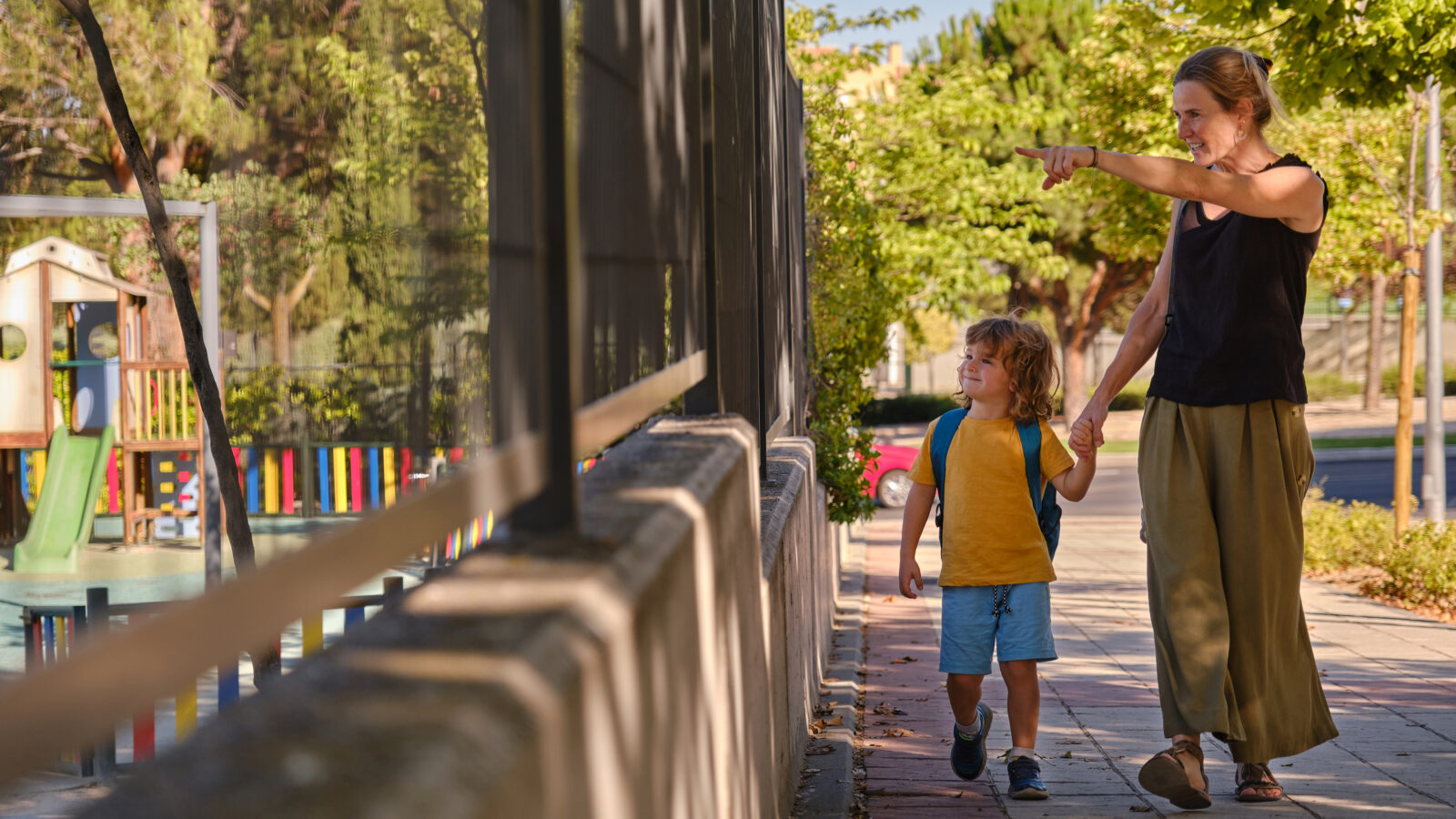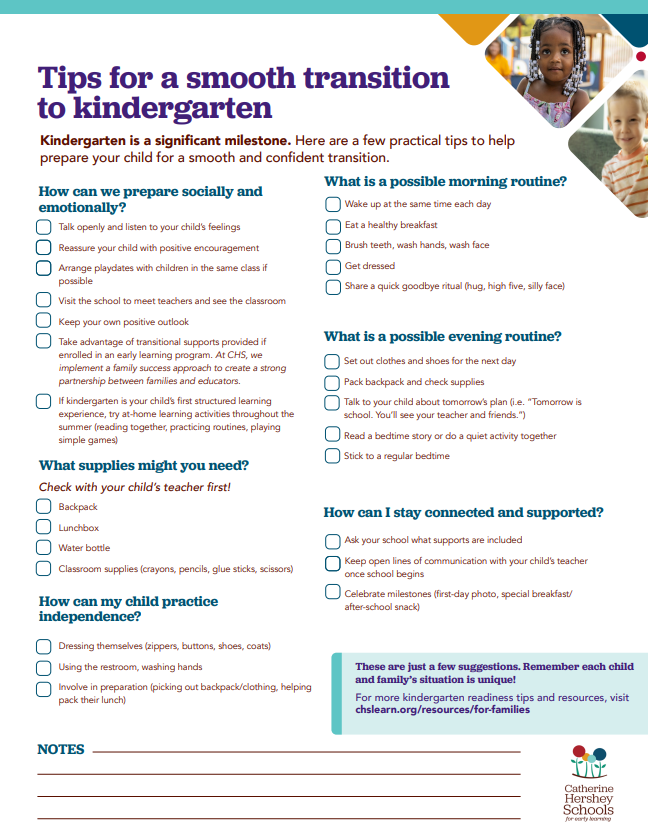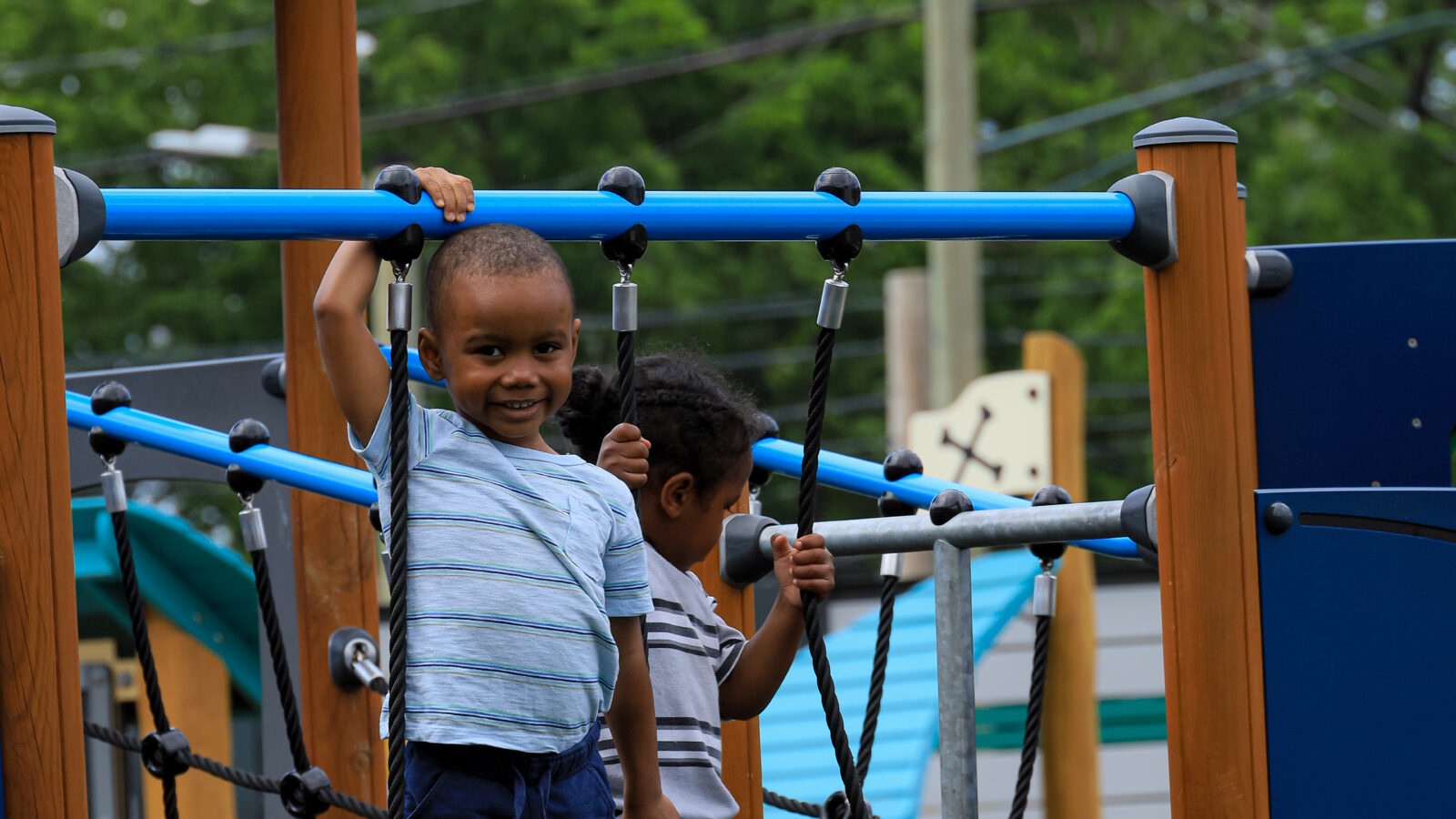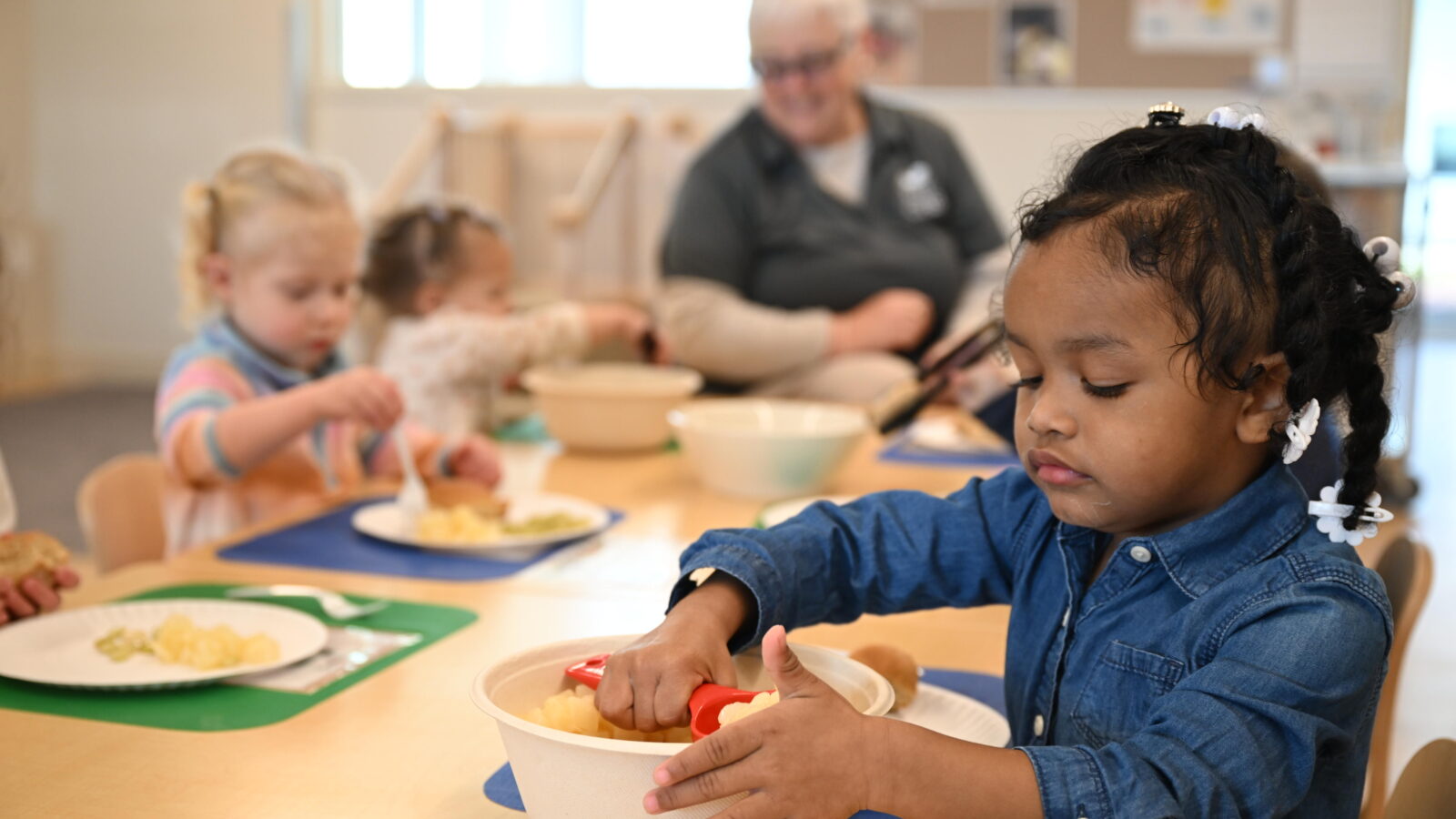Starting Kindergarten: Tips for a Smooth Transition

For every child, the transition to kindergarten is a significant milestone. Regardless of whether your child has been in an Early Childhood Education (ECE) setting, like Catherine Hershey Schools for Early Learning, or if kindergarten will be their first time in a structured learning environment, the transition often comes with a mix of emotions including excitement and anxiety for the entire family. It’s a big deal! If you’re wondering how to prepare your child for kindergarten, these tips and resources can help make the transition smooth and confident.
Establish Routines at Home
Start implementing a consistent daily routine similar to the one they’ll experience in kindergarten, including a regular bedtime and wake-up time.
Leverage Early Learning Supports
If your child is enrolled in an early learning program, take full advantage of the support provided to enhance your child’s learning and development. Engaging with available resources, such as parent workshops, family events, and one-on-one meetings with teachers, can provide valuable insights and strategies for supporting your child’s growth at home and in the classroom.
At CHS we utilize these supports by providing Family Success Advocates to help create a strong partnership between families and educators, ensuring a cohesive and nurturing environment that promotes your child’s success and well-being.
Encourage Independence with Self-Help Skills
Work on self-help skills such as dressing, using the restroom, and washing hands independently.
Talk About Kindergarten with Your Child
Have conversations about kindergarten, listen to your child’s feelings and concerns, and reassure them with positive reinforcement.
Plan Playdates to Build Friendships
If possible, arrange playdates with children who will be in the same kindergarten class to build friendships in advance.
Visit the School Before the First Day
Take advantage of the activities and events that schools offer to acclimate children to their new environment before their first day, including seeing their classroom, meeting their teacher(s), and interacting with future classmates. Make sure the school has any necessary information about your child, including any additional needs. It’s also a great opportunity to get involved with the new school and its activities.
Prepare Together as a Family
Involve your child in the preparation, such as picking out a backpack, clothing, or helping to pack their lunch.
Stay Positive, Inspire Confidence, Say Goodbye
Keep a positive attitude about school and learn to inspire confidence and a positive outlook in your child (even if you have concerns).
Create a quick and reassuring goodbye ritual with your child to make parting easier when school starts. It could be a special handshake or making silly faces!
Keep Communication Open with Teachers and Your Child
Once school starts, talk to your child about their day, and maintain open lines of communication with the teacher for updates on your child’s adjustment.
If kindergarten will be your child’s first exposure to early learning, you can also use resources to help you start your child’s learning journey at home this summer.
Lastly – don’t forget to celebrate the big day with activities such as a special breakfast, first day photographs, or a trip to the park at the end of the day. Congratulations! You did it!





